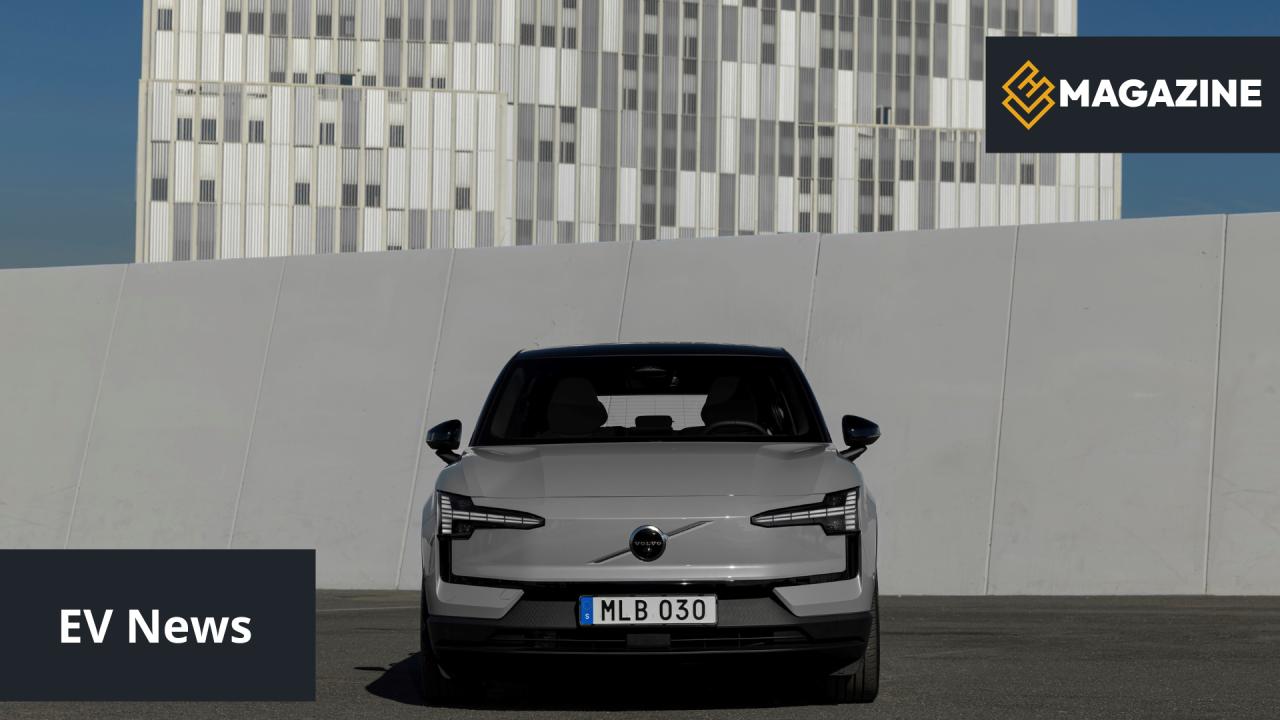Volvo Cars has begun the rollout of its fully electric EX90 SUV, a move that represents a significant shift in the company's product strategy. Initial deliveries are underway in the United States and Europe, with a broader global release planned between late 2024 and early 2025. This launch comes at a critical time for Volvo, as the automotive industry continues its transition towards electrification.
Technical Specifications and Features
The EX90 is built on a new electric vehicle platform and boasts a range of up to 600 kilometers on a single charge, according to Volvo. While impressive, it's worth noting that real-world range often differs from manufacturer claims. The vehicle incorporates a core system using NVIDIA DRIVE® technology and Qualcomm's Snapdragon® Cockpit Platform, managing functions from safety to infotainment.
A key feature of the EX90 is its sensor array, which includes radars, cameras, and a lidar system supplied by Luminar. Volvo claims this system can detect pedestrians up to 250 meters away. While potentially groundbreaking, the real-world effectiveness of these systems remains to be seen and will likely be a focus of future independent testing.
Production Delays and Software Challenges
The EX90's journey to market has been marked by significant delays. Originally slated for a 2023 release, production was pushed back to mid-2024 due to software integration issues. These challenges primarily revolved around the complex code for the lidar system and its integration into the vehicle's safety architecture.
CEO Jim Rowan has stated that the delay was necessary to ensure the software met Volvo's safety standards. However, this setback raises questions about the company's initial timeline estimates and its ability to manage the complexities of advanced autonomous systems.
Launch Complications and Missing Features
Early adopters of the EX90 may find their vehicles lacking some anticipated features. Notably absent at launch are Apple CarPlay integration and bi-directional charging capabilities. Volvo plans to address these omissions through future over-the-air updates, but no specific timeline has been provided.
Additionally, there are reports of potential battery drainage issues, with some vehicles allegedly losing about 3% of battery charge per day when not plugged in. If confirmed, this could be a significant concern for owners and may impact the vehicle's practicality in certain situations.
Market Position and Competition
The EX90 enters a increasingly crowded luxury electric SUV market, competing with established models from Tesla, BMW, Mercedes-Benz, and others. Volvo's emphasis on safety and Scandinavian design may help differentiate the EX90, but the company faces stiff competition in terms of range, performance, and technology.
Looking Ahead
While Volvo CEO Jim Rowan has dubbed the EX90 "the best car we have ever made," the true test will be in consumer adoption and long-term reliability. The EX90 represents a crucial step in Volvo's electrification strategy, but its success will depend on how well it performs in real-world conditions and how effectively Volvo addresses the early software and feature limitations.
As the automotive industry continues its shift towards electrification, the EX90's launch marks a significant moment for Volvo. However, the delays and feature omissions at launch highlight the challenges automakers face in bringing advanced electric vehicles to market. The coming months will be critical in determining whether the EX90 can live up to Volvo's ambitious claims and carve out a significant place in the competitive electric SUV market.
Sources: Volvo Cars press releases, industry reports, and independent analysis.

